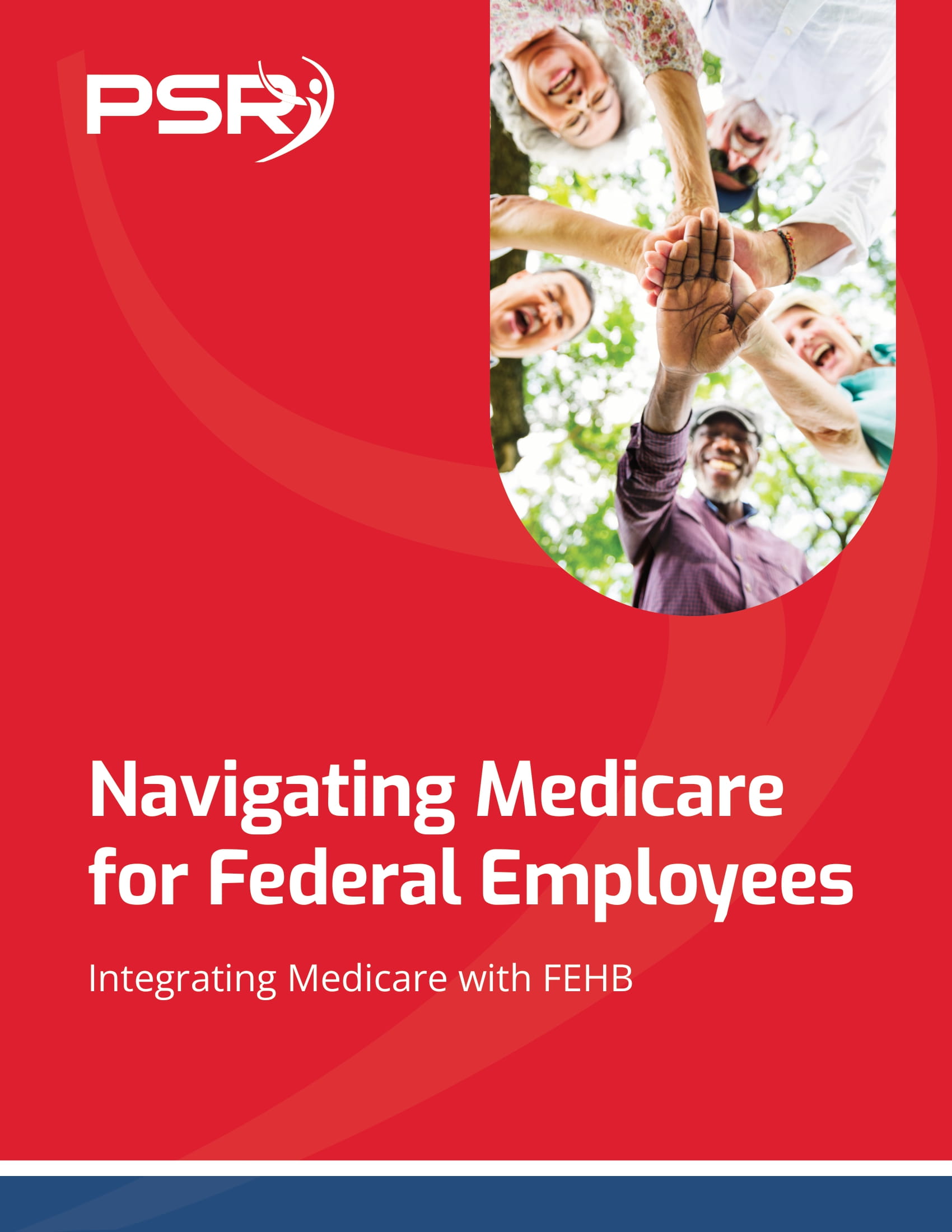Key Takeaways
- Understanding the different TSP withdrawal options can help federal employees avoid costly mistakes that could reduce their retirement savings.
- Proper planning and strategic withdrawals from your TSP account can help you minimize taxes, penalties, and ensure your savings last throughout retirement.
Taking Money Out of TSP: Here’s How to Avoid the Common Pitfalls Federal Employees Make
- Also Read: The Best FEHB Plans for 2025: Which One Fits Your Lifestyle and Budget the Best?
- Also Read: Special Retirement Options for FAA and LEO Employees: Are You Taking Advantage of What’s Available?
- Also Read: Federal Employee Benefits You Didn’t Know Could Give Your Wallet a Serious Boost in Retirement
Withdrawal Options: Avoiding the Trap of Lump Sums
One of the biggest mistakes federal employees make is opting for a lump-sum withdrawal from their TSP. While it may seem like a quick and easy way to access your savings, taking all your money at once can have severe tax consequences. A lump sum can push you into a higher tax bracket for the year, leading to a significant portion of your hard-earned savings being lost to taxes.
Instead, consider more strategic withdrawal options like partial withdrawals or installment payments. These options allow you to spread out your withdrawals over time, helping you manage your tax liability and ensure a steady stream of income throughout retirement. By pacing your withdrawals, you can keep more of your savings working for you while reducing the risk of running out of funds too quickly.
Understanding Required Minimum Distributions (RMDs)
Once you hit the age of 73, federal employees are required to start taking Required Minimum Distributions (RMDs) from their TSP accounts. The amount you’re required to withdraw is based on your account balance and life expectancy, but failure to take your RMD can result in steep penalties. Currently, the penalty for missing an RMD is 25% of the amount that should have been withdrawn.
Many federal employees make the mistake of ignoring or forgetting about their RMDs, leading to unnecessary penalties. It’s important to stay on top of these requirements and incorporate them into your overall retirement income strategy. Planning ahead and scheduling your RMDs early can help you avoid this costly mistake.
Timing Withdrawals to Minimize Tax Impact
Taxes are one of the biggest concerns when it comes to withdrawing money from your TSP. Without proper planning, you could end up paying more in taxes than necessary, reducing the amount of money available for your retirement.
A key strategy for avoiding this is to carefully time your withdrawals. Consider withdrawing funds during years when your income is lower, such as the early years of retirement before you start receiving Social Security or pensions. This can help keep you in a lower tax bracket and minimize the overall tax impact on your withdrawals.
Another tactic is to consider a Roth TSP, which allows for tax-free withdrawals in retirement. While contributions to the Roth TSP are made with after-tax dollars, any qualified withdrawals are entirely tax-free, giving you more control over your tax situation in retirement.
Planning for Healthcare and Unexpected Expenses
Healthcare costs are a major concern for retirees, and failing to account for these expenses can lead to financial shortfalls. Many federal employees underestimate the impact of healthcare and long-term care costs, which can eat away at your retirement savings if not properly planned for.
Using your TSP to help cover healthcare costs is a smart strategy, but it’s important to pace your withdrawals to ensure your savings last throughout retirement. Make sure to factor in potential medical expenses, insurance premiums, and other out-of-pocket costs when planning your TSP withdrawals. By doing so, you can avoid the pitfall of depleting your savings too quickly.
Avoiding Early Withdrawal Penalties
For federal employees who leave service before the age of 59½, taking early withdrawals from the TSP can result in a 10% early withdrawal penalty on top of regular income taxes. This is one of the most common mistakes that can seriously damage your retirement savings. To avoid this, consider leaving your money in the TSP until you reach the appropriate age, or explore other withdrawal options that won’t trigger penalties.
There are some exceptions to the early withdrawal penalty, such as if you retire under the age of 55 after leaving federal service or if you qualify for certain hardships. However, it’s important to understand the rules and consult with a financial advisor before making any early withdrawals to avoid costly penalties.
Managing Your Withdrawal Strategy for the Long Haul
Retirement can last 20, 30, or even 40 years, and managing your TSP withdrawals is essential to ensure your savings last as long as you do. One of the biggest pitfalls federal employees face is withdrawing too much money too quickly, leaving them with a dwindling retirement fund in their later years.
A smart strategy is to adopt a conservative withdrawal rate, such as the 4% rule, which suggests withdrawing 4% of your total savings each year. This method helps to ensure that your TSP lasts throughout retirement, even accounting for inflation and market fluctuations.
Rebalancing your portfolio regularly can also help protect your savings over the long term. As you age, shifting a portion of your investments into more conservative options like the G Fund can help preserve your principal while still allowing for modest growth.
Roth Conversions: A Potentially Powerful Strategy
For federal employees looking for more tax-efficient ways to manage their TSP withdrawals, a Roth conversion can be a powerful tool. By converting some or all of your traditional TSP savings into a Roth TSP or Roth IRA, you pay taxes on the converted amount upfront, but future withdrawals will be tax-free.
Roth conversions are particularly useful if you expect to be in a higher tax bracket in the future, or if you want to leave a tax-free inheritance for your beneficiaries. However, it’s important to plan these conversions carefully, as converting too much at once can push you into a higher tax bracket and negate the potential benefits.
How to Make the Most of Your TSP Without Falling Into Common Traps
Avoiding the common pitfalls associated with TSP withdrawals requires careful planning, attention to tax implications, and a strategic approach to retirement income. By understanding your options and making informed decisions, you can make the most of your TSP and ensure your savings last throughout your retirement. Take the time to review your withdrawal strategy, and don’t hesitate to seek professional advice to avoid mistakes that could jeopardize your financial future.
Maximize Your TSP Withdrawals for a Secure Future
Withdrawing money from your TSP is a significant part of your retirement strategy, and doing it right can make a big difference in your financial security. By avoiding common pitfalls—such as opting for lump sums, mismanaging taxes, or failing to account for healthcare costs—you can ensure your TSP serves you well throughout your retirement. Plan wisely, stay informed, and make the most of the valuable retirement tool that is your Thrift Savings Plan.












